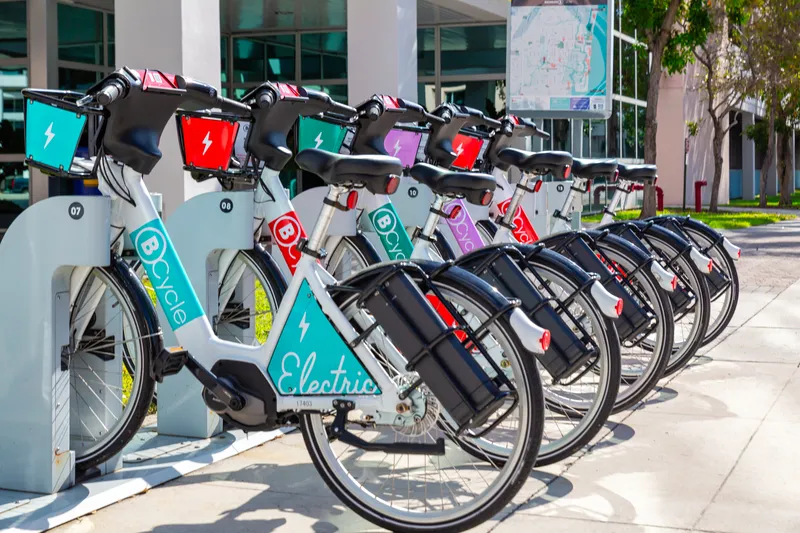
The Texan city of San Antonio has integrated multimodal payments for bus and bike-share into one app.
Users will be able to access Via Metropolitan Transit and the city's 250 BCycle e-bikes and 50 bike stations in the Transit app - the second US city to offer this after Las Vegas.
It means riders can "plan a multimodal trip, purchase a transit pass, and unlock a bike with just a few taps".
The Transit app is already in use to navigate the region’s public transit network, and Via riders have used ticketing in Transit for nearly 77,000 trips since fare payment was launched in the app in August 2021.
The move builds on the existing integration of Via's goMobile+ mobile fare payment, available in the Transit app, using the Justride SDK from Masabi.
Riders can use their Transit account to purchase fares for more than 65 transit systems across the US and Canada, including AC Transit in the San Francisco Bay Area, RTD in Denver, RTC in Las Vegas, Big Blue Bus in Santa Monica, Metro in St. Louis and Port Authority in Pittsburgh.
The app also provides bike-share payments and unlocking for 12 systems, including Santa Barbara BCycle, Louvelo in Louisville, RTC Bike Share in Las Vegas, BIXI in Montreal and MoGo in Detroit.
“Via and BCycle are giving San Antonians a way to kick congestion and parking woes to the kerb,” said Jake Sion, chief operating officer at Transit.
“Our goal is to connect communities one pedal stroke at a time by getting more people on bikes," said JD Simpson, general manager at San Antonio BCycle.
“To do that, our focus is on removing barriers to riding. This collaboration will make it easier than ever for Transit riders to add bikes to their options for alternative transportation.”






